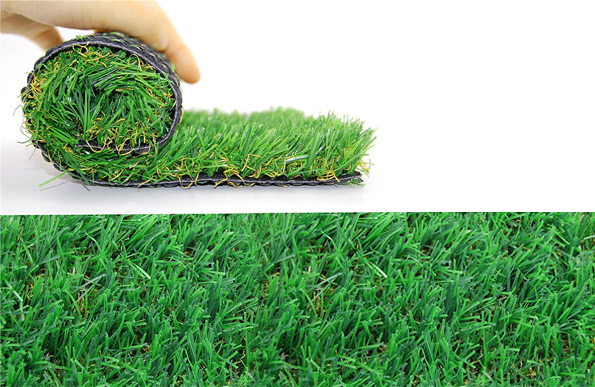4 things to look for when buying artificial golf grass
1. Measure your space
Make sure you buy enough to fill the required space first. Since golf courses generally require a large area and are usually attached to mountains, when measuring, calculate as many areas as possible, and do not underestimate the area.
Because golf courses are high-end sports, when selecting materials, special attention will be paid to environmental protection, durability, and beauty. Generally speaking, based on these grid points, it can withstand heavy rain, hail, or stormy weather, and it can also be recycled environmentally friendly.
3. Product Warranty or Guarantee
Only buy from reputable suppliers you can trust. A cheaper product that claims to be of the same quality isn't always better. When buying, it's important to understand product warranties and warranties. Also, read through the supplier's full warranty to be wary of any hidden terms.
4. Check for chemicals or substances such as lead and mercury.
When purchasing artificial golf grass, you should choose an earth-friendly product. However, to save money, some manufacturers use lead, mercury, or other hazardous substances in their products. Therefore, you must carefully understand this aspect when choosing.
1. Keep the site clean;
2. Motor vehicles and heavy objects with "No Smoking" signs erected around the grass are not allowed to enter the sports field;
3. Reduce cleaning frequency and avoid high-temperature cleaning;
4. Set up enough litter boxes;
5. Control the use of the website;
6. Small damage should be repaired in time.
Is artificial golf grass getting in the way of your practice?
Many amateur golfers will tell you that it is much easier to play on grass than on artificial turf on the driving range. They say the pads will save you from a lot of hits that would be disastrous on the range. However, those who play on Artificial turf courts swear by the fact that it helps with a clean swing. It is actually good to choose
artificial golf grass through the following two points.
1. Pay attention to your swing
On artificial turf, if you hit the ball incorrectly, your ball can slip. Do the same swing on the grass on the driving range or on the golf course, and you could end up with an unsightly scar dug into the turf. Instead, let the turf, your club, and your arms take less of a hit. Try a smoother, shallower swing and try to make it perfect. Smooth swing action works on both artificial and natural turf.
Some of the best players who practice on grass sweep the ball at impact with little to no turf. This is the swing every amateur golfer should strive for. Needless to say, it gives you far less error than digging turf on a golf course.
Thanks to modern materials, many man-made surfaces now have a large number of properties. Practice your swing slowly, relaxing your arms to full extension and letting them swing over the ball, not over the ball.
2. Have your own driving range
Buy your own artificial turf from any reliable wholesaler. Make sure it is soft enough to give you properties close to natural turf.
Due to its low water, maintenance, and durability requirements, artificial turf has become an integral part of golf courses around the world. Of course, playing on a golf course is a whole different experience, but many courses are also starting to feature artificial turf, literally leveling the playing field.
Don't miss an opportunity to play or practice on grass, but don't let your game suffer when you have no choice. Create your own practice space, whether it's grass or a mat, the practice you perform on it will have an impact on your game.
